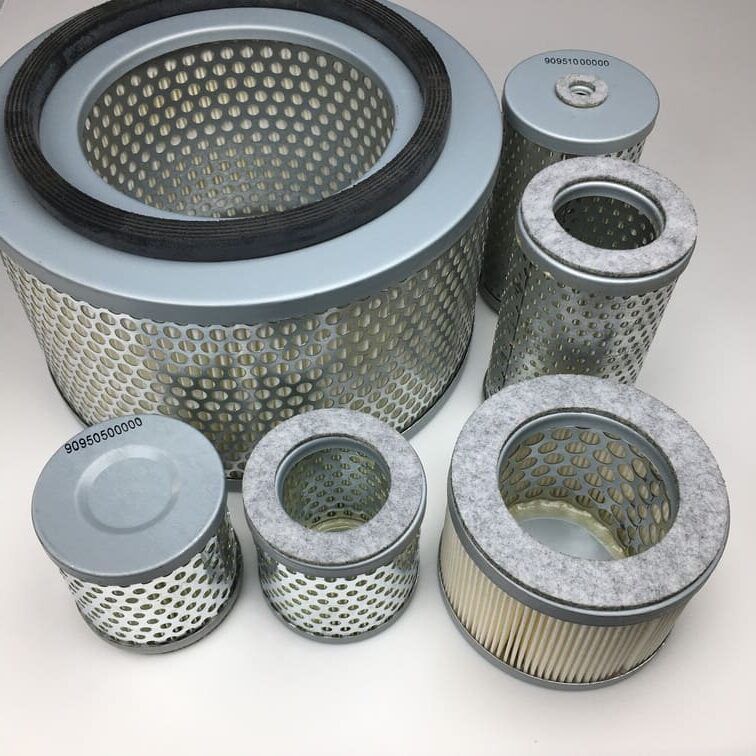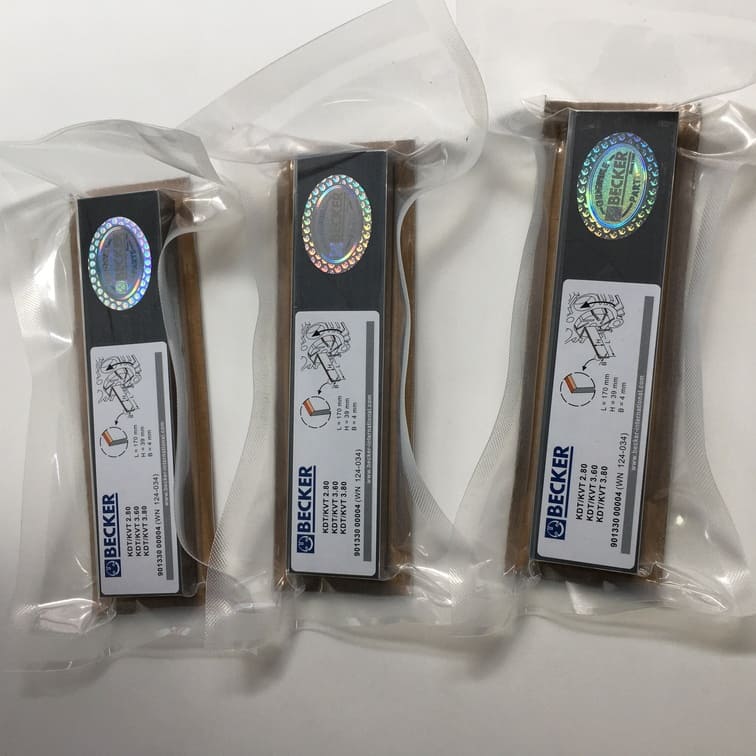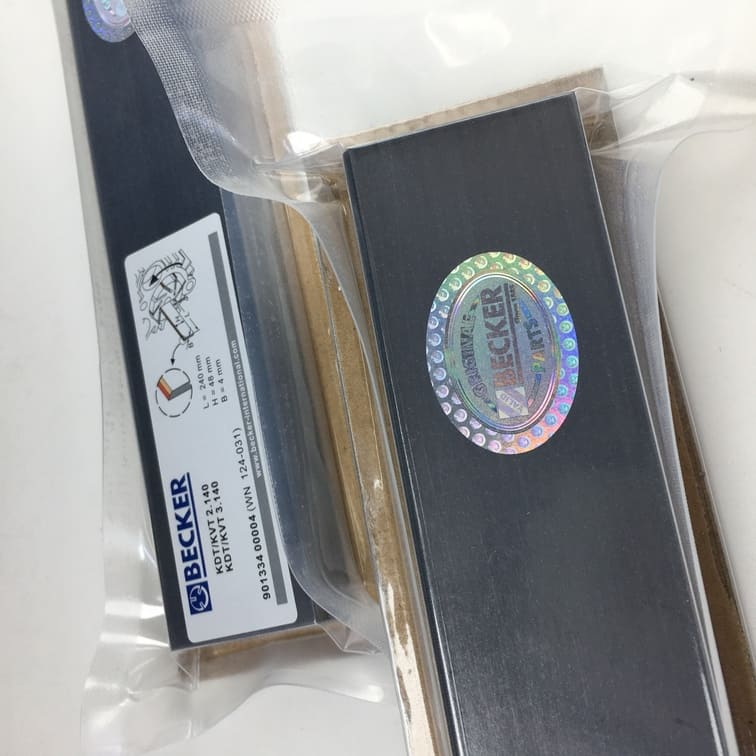How to Hook Up a Vacuum to a Pool Pump
Maintaining a sparkling clean swimming pool is a rewarding task that can significantly enhance the enjoyment of your backyard oasis. One essential part of keeping your pool clean is vacuuming it regularly to remove debris and dirt from the bottom. In this comprehensive guide, we will explain in detail how to hook up a vacuum to a pool pump, the various components you need, and the techniques you should use to make the task as easy and effective as possible. Whether you are using a manual or automatic pool vacuum, we’ll cover every step to ensure your pool stays crystal clear and inviting.
Understanding Pool Vacuuming: Why and When?
Before diving into the mechanics of hooking up a vacuum to a pool pump, it’s important to understand why vacuuming is so crucial for pool maintenance. The primary goal of vacuuming a pool is to remove dirt, debris, and any buildup that can accumulate on the pool floor. A dirty pool not only looks unattractive but can also lead to poor water quality, algae growth, and even damage to the pool’s filtration system.
Why Should You Vacuum Your Pool?
- Debris Removal: Over time, leaves, dirt, and other debris settle at the bottom of your pool. Vacuuming helps clear these elements to ensure the pool stays clean and healthy.
- Prevention of Algae Growth: Regular vacuuming removes organic matter that can contribute to algae growth.
- Improving Filtration Efficiency: By vacuuming the pool, you prevent large debris from clogging the pool’s skimmer basket and filtration system, thus improving efficiency.
- Enhanced Aesthetics: A clean pool looks inviting and well-maintained, providing a better swimming experience.
When Should You Vacuum Your Pool?
- Weekly Cleaning: Ideally, you should vacuum your pool once a week to keep it in prime condition.
- After Storms: Vacuuming is particularly necessary after a storm, as debris like leaves and dirt often find their way into the pool.
- Signs of Cloudy Water: If the pool water starts to look cloudy or murky, it’s an indicator that it’s time to vacuum.
Essential Tools for Pool Vacuuming
Hooking up a vacuum to a pool pump requires several components. Let’s discuss what these are and how each part plays an essential role in the process.
1. Vacuum Head
The vacuum head is the part that moves along the bottom of the pool, collecting dirt and debris. It is attached to a telescopic pole, allowing you to move it across the pool floor.
2. Vacuum Hose
The vacuum hose connects the vacuum head to the pool’s filtration system. It’s important that the hose is long enough to reach all parts of your pool comfortably. A suction port ensures that the vacuum hose pulls debris effectively.
3. Skimmer
The skimmer is where you will attach the vacuum hose. The skimmer draws in the water, debris, and dirt that the vacuum collects. It is essential to ensure the skimmer is clean before starting the vacuuming process to avoid blockages.
4. Telescopic Pole
The telescopic pole attaches to the vacuum head and allows you to maneuver it across the pool floor. These poles are extendable, making them convenient for use in pools of different depths.
Step-by-Step Guide: How to Hook Up a Vacuum to a Pool Pump
To properly connect and use a pool vacuum, follow these step-by-step instructions.
Step 1: Assemble the Equipment
First, attach the vacuum head to the telescopic pole. This will allow you to maneuver the vacuum across the pool floor. Connect one end of the vacuum hose to the vacuum head.
Step 2: Prime the Vacuum Hose
Before you hook up the vacuum to the pool pump, you need to prime the vacuum hose to remove any air. To do this, submerge the vacuum head and the entire hose under the water. You can hold the end of the hose against a pool return jet to force water through the hose, removing all the trapped air.
Tip: Priming is an important step as air in the vacuum hose can cause loss of suction and prevent the vacuum from working effectively.
Step 3: Attach the Vacuum Hose to the Skimmer
Locate the skimmer suction port. Insert the end of the hose into the skimmer inlet, ensuring it is securely connected. The skimmer basket should either be removed or the vacuum plate should be used, depending on the skimmer model.
- Vacuum Plate: A vacuum plate allows you to connect the hose to the skimmer without having to remove the basket, making it easier to trap large debris.
- Direct Connection: If not using a vacuum plate, remove the skimmer basket and connect the hose directly to the suction port.
Step 4: Set the Multiport Valve
Depending on the cleaning mode you wish to use, set your multiport valve to either “filter” or “waste”.
- Filter Mode: This is ideal for regular vacuuming when the pool only has light dirt. The vacuumed debris will be trapped in the pool filter.
- Waste Mode: This setting is used for heavy debris or algae. The debris will be removed directly from the pool without going through the filter. Note that you will lose pool water when vacuuming to waste.
Step 5: Turn on the Pool Pump
With everything connected properly, turn on the pool pump. Make sure there is sufficient suction power for the vacuum head to effectively pull in debris. If the pump loses prime, turn it off, prime the vacuum hose again, and restart.
Step 6: Vacuum the Pool
Maneuver the vacuum head slowly across the pool floor to remove dirt and debris. Take your time with this process—moving too fast can stir up debris, making it more difficult to remove.
Tip: Work in overlapping sections to ensure that you do not miss any spots on the pool floor.
Best Practices for Effective Pool Vacuuming
Now that you understand how to hook up and use a pool vacuum, let’s explore some best practices to make sure your pool cleaning efforts are as effective as possible.
1. Monitor Water Levels
Vacuuming the pool, particularly when using the waste setting, can cause a significant drop in water level. Be prepared to add more water to the pool after vacuuming to bring the water level back to the appropriate level.
2. Clean the Skimmer Basket Frequently
During the vacuuming process, debris will collect in the skimmer basket. If the basket gets too full, it can reduce suction and make the vacuum less effective. Clean the basket as needed during the vacuuming process.
3. Backwash the Filter
After vacuuming, especially if using the filter setting, you should backwash the pool filter to remove any collected debris. This step is important to maintain the efficiency of your filtration system.
Manual vs. Automatic Pool Vacuum Systems
There are two primary types of pool vacuums you can hook up to your pool pump: manual vacuums and automatic pool cleaners. Both types have their advantages and disadvantages.
Manual Pool Vacuums
Manual vacuums are often the most cost-effective choice and provide a deep clean. With manual vacuums, you have complete control over where and how thoroughly you clean, making them great for targeting specific areas of the pool that need extra attention.
Pros:
- Provides a thorough clean.
- Allows for targeted cleaning.
Cons:
- More labor-intensive and time-consuming.
Automatic Pool Cleaners
Automatic pool vacuums are designed to be less hands-on. They can connect to the pool pump and work independently to vacuum the pool. There are two main types:
- Suction-Side Cleaners: These attach to the skimmer or a dedicated suction line and use the suction from the pool pump to move around the pool.
- Pressure-Side Cleaners: These cleaners attach to a return jet, using the water pressure from the pool pump to move and vacuum the pool.
Pros:
- Less manual labor.
- Can be used frequently to maintain cleanliness.
Cons:
- May require additional booster pumps.
- Less control over targeted cleaning.
Common Issues and Troubleshooting Tips
Despite following the correct steps, you may encounter some issues when vacuuming your pool. Let’s discuss some of the common problems and how to troubleshoot them.
1. Loss of Suction
If you notice that the vacuum has lost suction, it could be due to several reasons:
- Air in the Hose: Air trapped in the hose can reduce suction. Make sure to prime the hose correctly before vacuuming.
- Clogged Skimmer Basket: Check the skimmer basket and pump strainer for blockages.
- Low Water Level: Ensure that the water level is above the skimmer opening to maintain suction.
2. Vacuum Not Picking Up Debris
If the vacuum is not picking up debris effectively:
- Check the Connections: Make sure that all connections are secure.
- Inspect the Vacuum Head: Make sure the vacuum head is not clogged and that the brushes or rollers are working properly.
3. Cloudy Water After Vacuuming
If your pool water becomes cloudy after vacuuming, it might be because fine particles were stirred up instead of being sucked away. Move the vacuum head more slowly to avoid agitating debris.
FAQs
1. How often should I vacuum my pool?
It’s recommended to vacuum your pool at least once a week to maintain water clarity and prevent algae buildup. You should also vacuum after heavy rain or wind events that bring in excess debris.
2. Should I vacuum on filter or waste setting?
The filter setting is suitable for general maintenance and light debris, while the waste setting should be used for heavy debris or algae to avoid clogging the filter.
3. Why does my pool pump lose prime when vacuuming?
This may happen if air enters the system, either through a loose connection or a poorly primed hose. Make sure all connections are tight, and that the hose is completely filled with water before connecting.
4. Can I use an automatic cleaner while the pool pump is off?
No, automatic pool cleaners rely on the pump for suction or pressure. The pool pump must be on for these systems to work effectively.
5. What if I don’t have a vacuum plate?
If you don’t have a vacuum plate, you can remove the skimmer basket and connect the hose directly to the suction port in the skimmer.
Conclusion
Hooking up a vacuum to a pool pump is an essential skill for any pool owner. With the right tools and a systematic approach, you can keep your pool looking clean, clear, and inviting. Regular vacuuming not only improves the visual appeal of your pool but also helps maintain proper water chemistry and prevents costly repairs to your pool’s filtration system.
By following the step-by-step guide provided here, along with our best practices for vacuuming, you can ensure your pool stays clean and safe for swimming. For additional resources and spare parts to keep your pool equipment in top condition, be sure to visit vacuumpumppart.com for a wide range of reliable products and expert advice.




